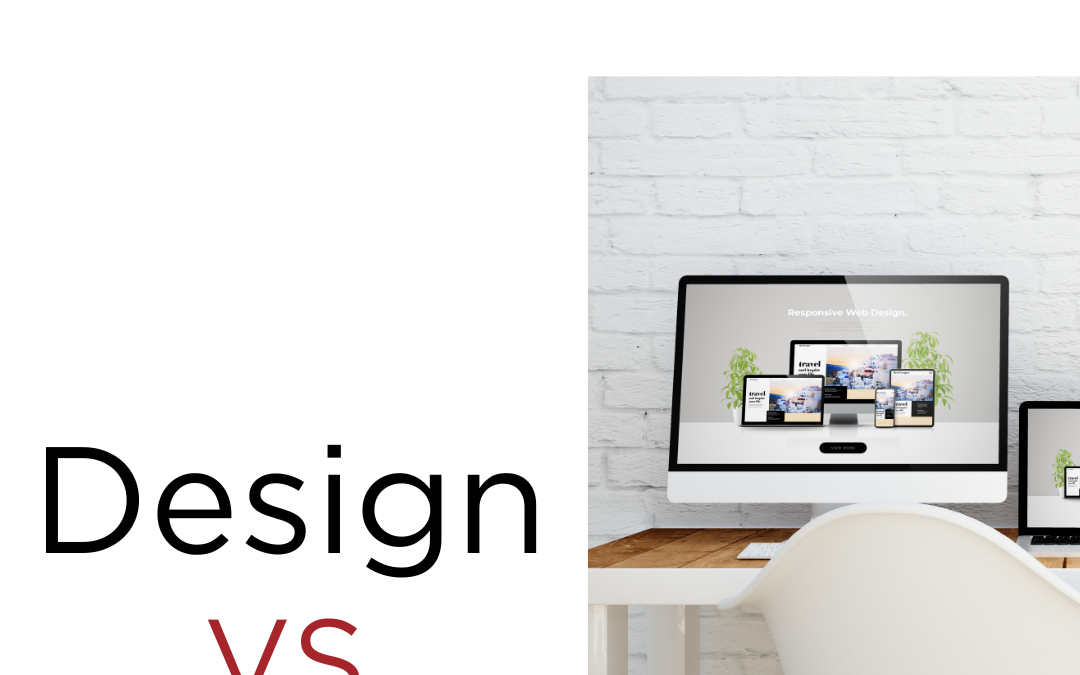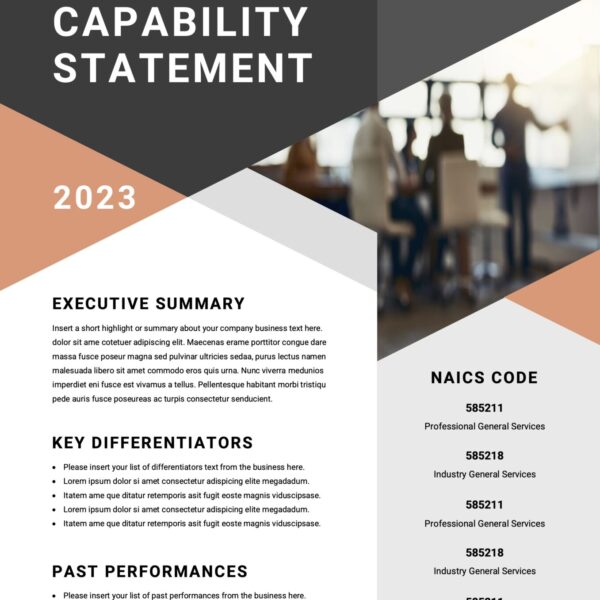All Posts, Branding, Content & Copywriting, Marketing, Social Media, Web Design
What in the world is Link Baiting? In the simplest form, it is the act of creating any content within a website, advertisement or blog that is designed to gain attention and more importantly, encourages people to link to its original form. The goal of link baiting is...
All Posts, Marketing, Web Design, WordPress
Hungry for more? Right on the heels of last weeks blog are more juicy tidbits for restaurateurs and the importance of having a website. Whether a Mom & Pop or listed at the top of Zagat…tuck in the napkin and get ready for another serving! * Taking it to Go ~...
All Posts, Content & Copywriting, Marketing, Social Media, Web Design, Web Development
In the first of this two-part series, I delve fork-first into what should be on your success plate for your restaurant via the world wide web and which content accompaniments will have your customers coming back for more. *It’s Like a Restaurant without Signage ~...

Web Design, Web Development
(and vise versa) It’s been an ongoing debate since perhaps the beginning of time– can a person use their creative and analytical brains (right and left, respectively) with equal skill. Obviously, there were some who did it well– artist and inventor...
All Posts, Graphic Design, Web Design
Looking to jump-start your design week? Well try out these FREE downloads! Media Black UI Kit (PSD) Download free flower photos Pencil Icon Designs



